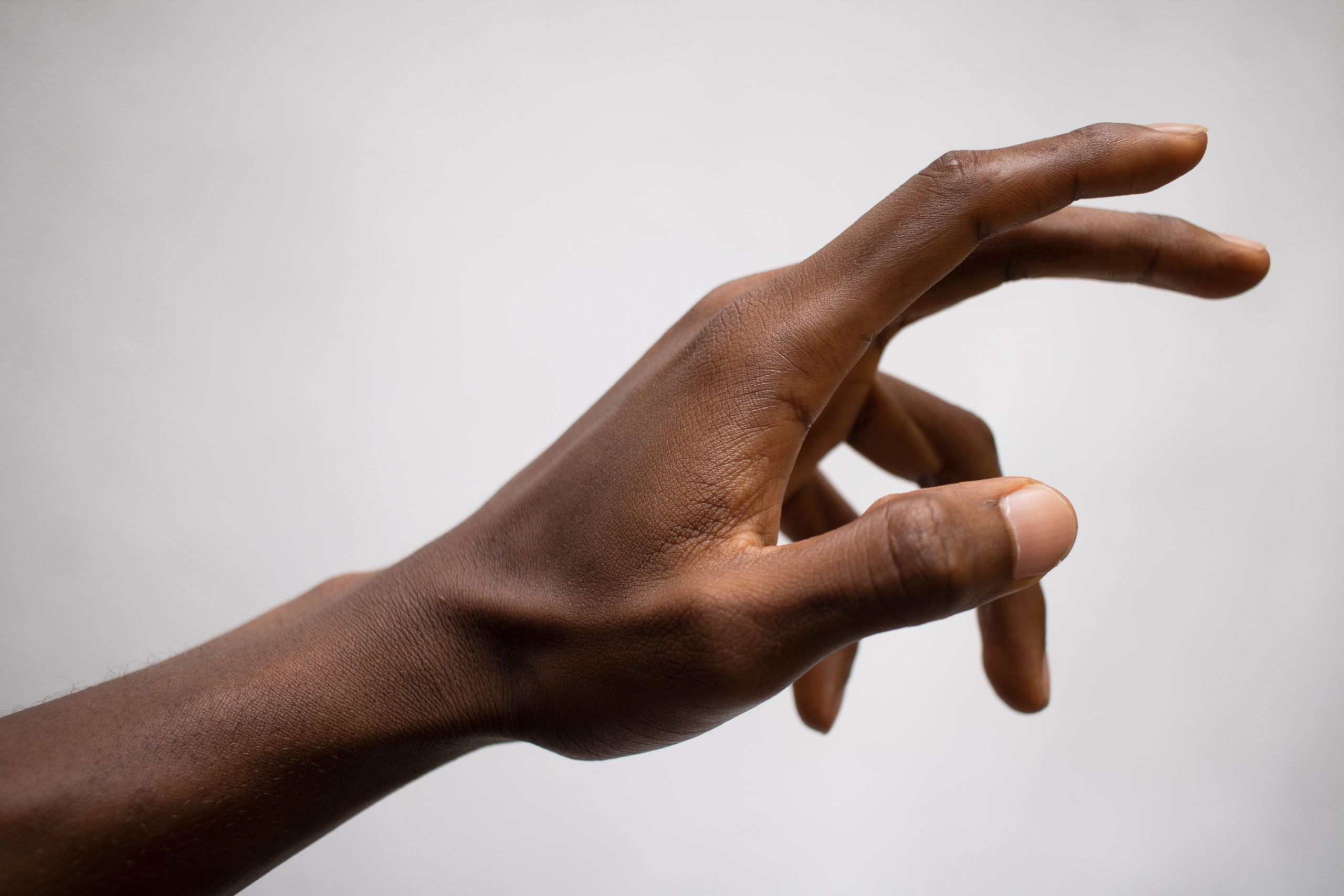How does a GP test for Dyspraxia?

Featured image by Polina Tankelevitch, Pexels.com
Introduction
Do you find that you are clumsy? Do you find it difficult to carry out basic tasks? Is asserting yourself a challenge for you?
If you have answered, “yes,” to any of the above questions, you could have dyspraxia.
Diary of Symptoms and Referral

Image by Karolina Grabowska, Pexels.com
If you think you have dyspraxia, you can keep a diary of your symptoms and book an appointment with your GP.
You can show your diary to the GP and they may refer you to a physiotherapist or an occupational therapist to be tested. The therapist will “assess your movements, motor skills, coordination skills and how your symptoms are affecting you” before they make a diagnosis.
Sensory Proprioception Issues

Image by cottonbro studio, Pexels.com
Sensory Proprioception Issues include the following:
- Balance issues, such as having trouble standing on one foot or frequently falling while walking or sitting.
- Uncoordinated movement, such as being unable to walk in a straight line.
- Clumsiness, such as bumping into walls or furniture or dropping objects.
- Poor posture, such as slouching.
- Trouble recognising one’s own strength, such as pressing on a pen too hard when writing.
- Avoiding certain movements or activities, such as climbing on stairs or steps, because of a fear of falling.
How does a GP test for Dyspraxia?

Image by Amusan, Pexels.com
- Romberg test. This involves the patient standing unsupported for 30 seconds with their heels together and their eyes closed. If the patient loses their balance during this time, they could have a sensory proprioception issue.
- Thumb-finding test. The tester places one of the patient’s hands in a certain position and will ask them to touch their thumb with their other thumb and forefinger while their eyes are closed.
- Sequential finger-touching. The patient touches each of their fingers to their thumb, starting with their forefinger.
- Distal proprioception test. The tester holds the sides of the patient’s big toe and performs up and down movements while the patient watches. The patient then performs the same movements with their eyes closed.
Verbal Dyspraxia

Image by Anete Lusina, Pexels.com
If you suspect your dyspraxia is affecting your speech, you may want to see a speech therapist. You can also read our blog post about verbal dyspraxia here.
Dyspraxia Screening Tests

Image by Christina Morillo, Pexels.com
Below are some links to websites that offer online dyspraxia screening test. They should only be used as indicators of dyspraxia and not formal diagnoses.
If you decide to take one of these tests, you may wish to bring your results to the GP and specialist.
Exceptional Individuals Webinar: Am I Dyspraxic?
Nat Hawley from Exceptional Individuals hosted a webinar for people to determine if they are dyspraxic or not. Although this webinar should not be used as a formal diagnosis of dyspraxia, it can be used as a starting point with a GP or a specialist who diagnoses it.
Exceptional Individuals Webinar: Dyspraxia and Assertiveness
Ruth-Ellen Danquah, also from Exceptional Individuals, has hosted another webinar about how people with dyspraxia can be more assertive. If you find it hard to assert yourself and suspect you may have dyspraxia, you can also use this webinar as a starting point with a GP or a specialist.




